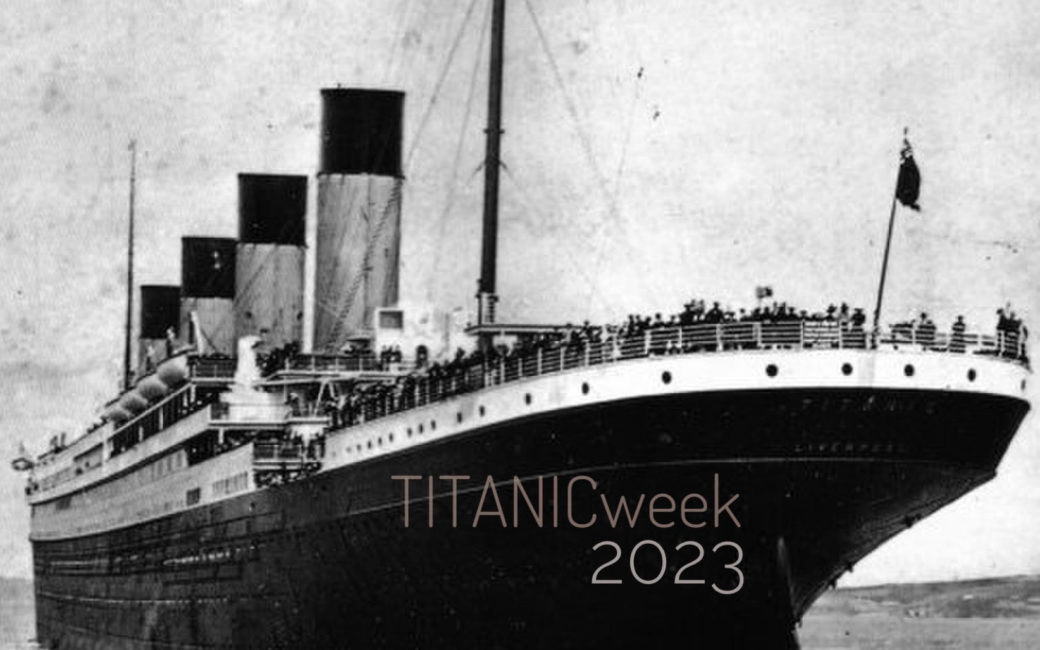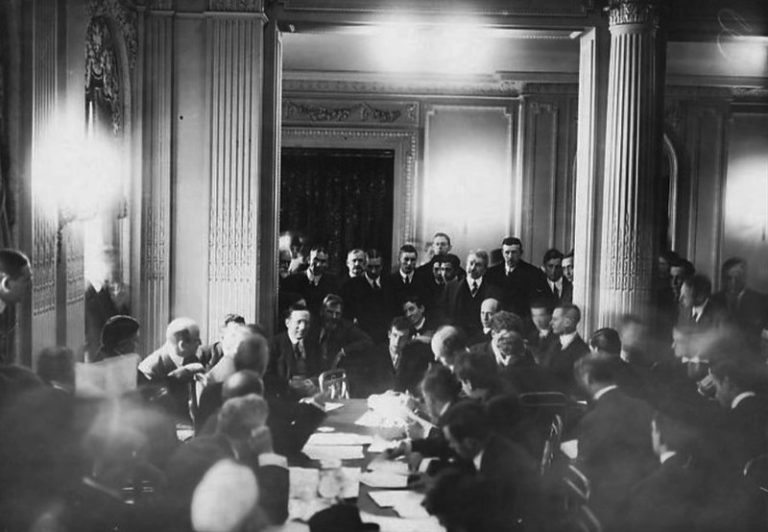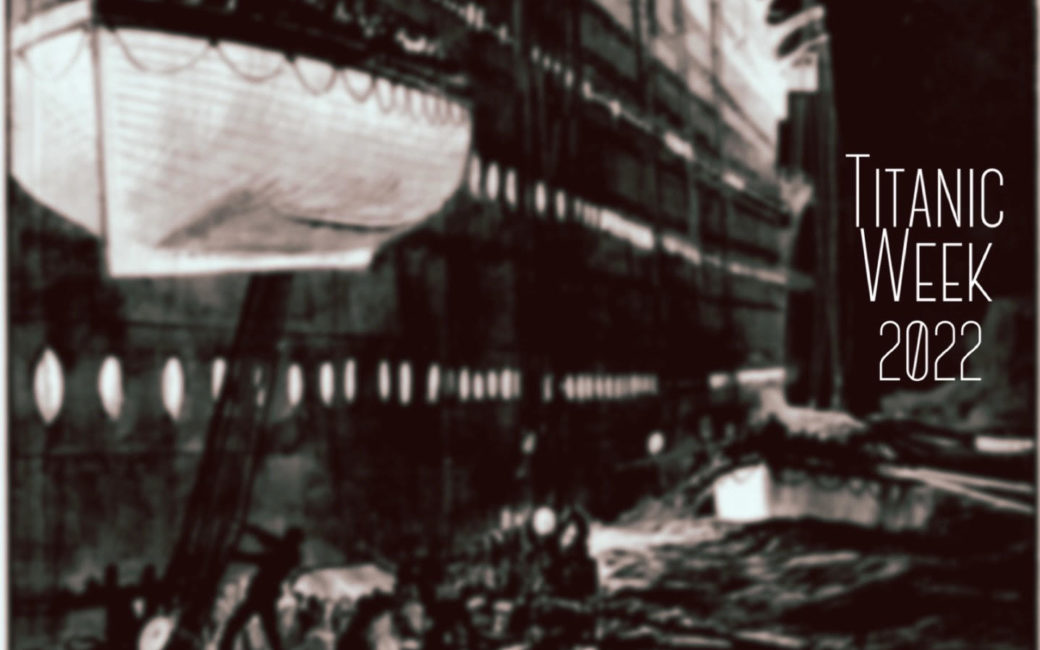"Nobody Answered to the Lights Asking for Help": Ramón Artagaveytia
Ramón Artagaveytia was born in Uruguay in July of 1840.
And then, in the wee hours of Christmas Eve, 1871, he was shipwrecked.
Ramón, who was 31 years old at the time, was on board the paddle steamer America. The vessel had reportedly been racing with another ship into Montevideo harbor in Uruguay.
In the midst of this supposed competition, passengers of the America heard an explosion somewhere deep within the ship.
Concerned passengers were initially told to dismiss the sound and get back into bed. Within a half-hour, however, fire had swarmed the ship from the inside out.
Ramón saved himself by jumping overboard and swimming for his life, and he was thereafter rescued. Many other survivors sustained horrific burns.
The disaster traumatized Ramón. By his own admission, the shipwreck of the America plagued him throughout the decades to follow.
Even four decades later, Ramón wrote a letter to his cousin, Enrique Artagaveytia. Therein, he detailed what might be characterized in the present day as post-traumatic stress.
The sinking of the America was terrible!... Nightmares keep tormenting me. Even in the most quiet trips, I wake up in the middle of the night with terrible nightmares and always hearing the same fateful word: Fire! Fire! Fire!...I have even gotten to the point where I find myself standing in the deck with my lifebelt on.
By all available accounts, Ramón went on from the shipwreck to pursue a serene life. In 1905, he inherited a farm in Argentina that had belonged to family, and he would thereafter appear to have lived voluntarily landlocked.
In 1912, Ramón was a noted businessman, and he made a choice at long last to travel by sea again.
It had been 41 years since he had escaped the fiery shipwreck that so relentlessly plagued him, and he desired a holiday in Europe. His nephew was employed in Berlin, Germany, at the Uruguayan consulate, and Ramón decided to visit him.

Berlin, Germany, on May 4, 1912, taken by an unknown photographer. Courtesy of Galerie Bassenge.
It would surely be difficult to sail after so much time; even at the age of 71, Ramón Artagaveytia still suffered the emotional anguish of the shipwreck of the America.
But Ramón admitted to Enrique that his fears had been allayed by a thoroughly modern marvel: the telegraph.
You can't imagine, Enrique, the security the telegraph gives. When the America sank, right in front of Montevideo, nobody answered to the lights asking for help. The ones that saw us from the ship Villa del Salto, did not answer to our light signals. Now, with a telephone on board, that won't happen again. We can communicate instantly with the whole world.
"At last I will be able to travel," Ramon went on to write to Enrique. "And, above all, I will be able to sleep calm."
And so, Ramón Artagaveytia successfully sailed across the ocean to Germany.
In order to pay a visit to the United States before his return to Argentina, Ramón booked passage on Titanic for her maiden voyage. He boarded as a First-Class passenger at the port of Cherbourg, France, on the evening of April 10th.
The next day, Titanic made a brief afternoon stop at Queenstown, Ireland. While the ship was anchored there, Ramón wrote and mailed a letter to his friend, a man named Adolfo.
It would seem that Ramón had previously shared his fear of sea travel--or it was otherwise commonly known among his social circle--because in this same letter to Adolfo, he wrote with ease and familiarity about his initial reticence to board Titanic, and how he overcame his anxiety.
I closed my eyes and went onboard in this huge ship. One of the carriers took my suitcase, and brought it to third floor. We went to the dining room. saloon C. My cabin is very comfortable. It is heated by electricity...
I went through all the corridors to see all the rooms. Some of the furniture was made of tree. The green chairs were very nice. Now I can see Ireland, and now I am finished writing this letter.
Ramón's movements during Titanic's voyage are unknown.
And on the night of the sinking, he was spotted only once. According to survivor Julian Padron y Manent, he encountered Ramón speaking with two other First-Class passengers from Uruguay, named Jose and Pedro Carrau.
Julian Padron y Manent claimed that the group of three men laughed at him when he stated that he was seeking a lifeboat, chiding him that he would catch a cold.
But considering Ramón's elaborate and unguarded admissions about his emotional suffering due to the shipwreck of the America, this depiction of him seems uncharacteristically cavalier, to say the least.
Another survivor account by First-Class passenger Elmer Taylor also includes an encounter with the Carraus. It stands in stark contrast to that of Julian Pardon y Manent’s.
Whils this account makes no mention of Ramón Artagaveytia, he may still have been in their company. And even in the case that he was not, Taylor's account is still worth citing for the haunting differences in the reported behavior of the gentlemen.
They, perhaps like Ramón, were not English speakers. And so they may have had no one to inform them of what was happening.
About halfway up the flight (on the way up to the boat deck), there were two gentlemen, one on either side, leaning against the balustrade and, from outward appearance, looked more dead than alive... They were from Buenos Aires, Argentina. They could not speak English and we could not speak Spanish. As we casually met day by day, we would all speak our native language, smile and pass along, none of us understanding what the other one said. At this meeting, we repeated the usual salutations, shook hands and assured them there was no danger, smiled and proceeded on our way, to carry the fear they exhibited on their faces for the remainder of my life.
Ramón Artagaveytia did not survive his second shipwreck.
His was the 22nd corpse recovered by the Mackay-Bennett, and was listed as follows.
CLOTHING - Blue overcoat; blue suit; white dress waistcoat; black boots and purple socks; two vests marked "R.A."; pink drawers also marked "R.A."
EFFECTS - Watch, chain and medals with name on; keys; comb; knife; eyeglass case; 27 pounds in gold; $20 gold piece; $64 in notes.
1st Class. Name, Ramon Artagaveytia
On April 18, 1912, a contemporary newspaper headline proclaimed, "Uruguay's Richest Man a Victim."
He was Titanic's oldest First-Class gentleman to die.
SOURCE MATERIAL
https://www.encyclopedia-titanica.org/titanic-victim/ramon-artagaveytia.html
https://www.titanicpages.com/1stclass/ramonartagaveytia
https://www.novascotia.ca/titanic/artifacts.asp?ID=33&Lang=
https://archives.novascotia.ca/titanic/fatalities/archives/?ID=22
https://titanicfacts.net/titanic-victims/
https://nuestrostories.com/2022/05/story-latinos-traveled-titanic/






























